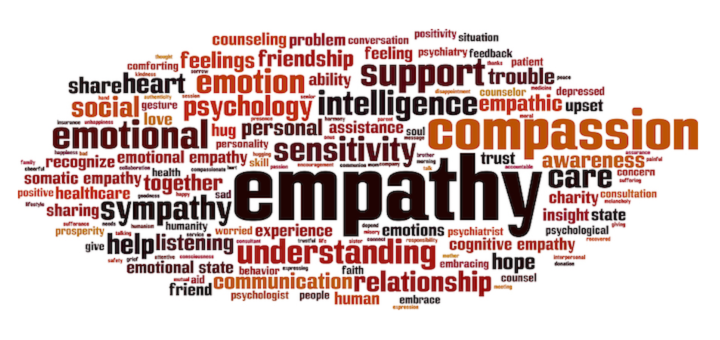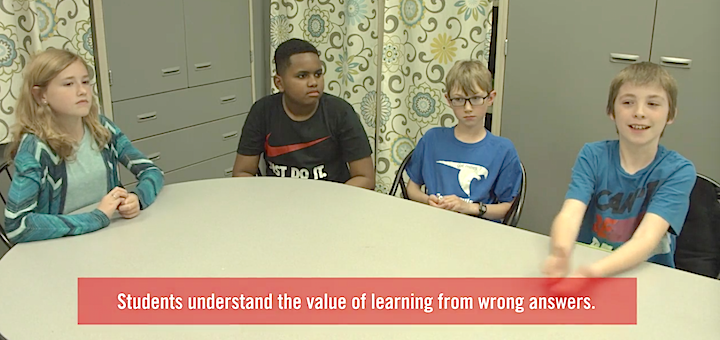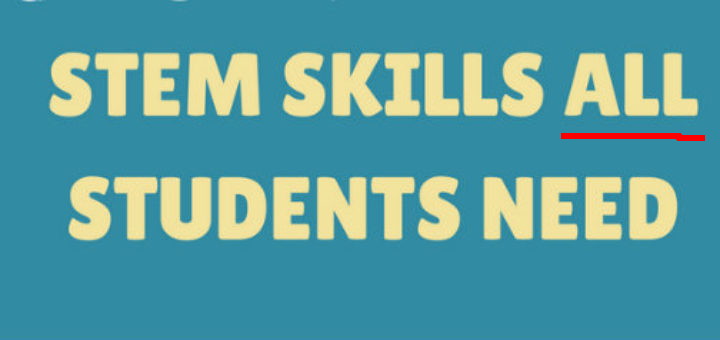Teaching and learning in grades 4-8
Activating prior knowledge and building background knowledge are crucial steps in preparing students for whole class novels and other assigned readings. Cheryl Mizerny shares a dozen strategies she’s developed to promote enthusiastic reading among her students.
Rather than “covering” a curriculum with instruction that’s driven by the chapters in a textbook, Diana Fenton and Nancy Van Erp advocate student centered standards-based lesson planning, relying on frameworks like Understanding by Design and concept-based teaching.
Middle School Motivators is a magnet for the teacher who wants to make lessons come alive, reinforce what is being taught, and have the students anxious to come back the next day. Reviewer Linda Biondi loves the book’s practical, at-your-fingertips organization.
Arguing that empathy is composed of teachable habits that can be practiced and developed, Michele Borba offers parents and teachers many tools to help children grow in their awareness of the needs of others. Mary Thompson finds the age-aligned ideas helpful.
The fully developed strategies and techniques Susan Edwards offers in Active Learning in the Middle Grades Classroom are simple to use and will have students engaged in active, purposeful learning across content areas, says teaching consultant Anne Anderson.
Jackie Walsh shares resources and strategies teachers can use to partner with students and create new roles and responsibilities in classroom questioning. Replace traditional “interrogation” with methods of inquiry that reveal understanding and strengthen learning.
Imagine an intentional, coordinated schoolwide work ethics program that’s consistent across subjects and grade levels. What a difference that could make now and in the future, says STEM expert Anne Jolly, who shares the key traits and how to begin to grow them.
In her blended classroom, reviewer Nicolette Lesniak finds the tools included in DIY Literacy – demonstration notebooks, teaching charts and visual note taking – help students recall what was taught and motivate them to work harder, to the best of their abilities.
Teachers should be Jedi Masters, called to be believers in our students and promoters of their ability to take charge of their own learning. ELA teacher and author Vicki Kahlenberg shares four writing strategies that foster autonomy through emulation and publication.
Gretchen Morgan’s Innovative Educators: An Action Plan for Teachers is a good, concise book for teachers who want to innovate in their classrooms, especially through action research, and aren’t really sure how to go about the process. Reviewed by Laura Von Staden.







































